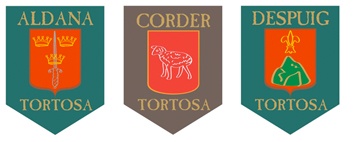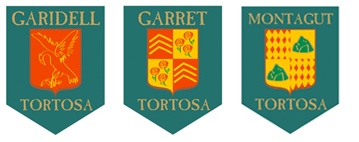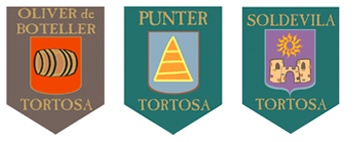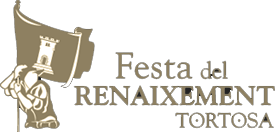LA FESTA
The noble families

The city was ruled by a small group with common interests and family ties, although there were also clashes among them. They controlled the institutions and alternated in their government, besides owning the most land and property and controlling the economic resources. This group of urban patricians, characteristic of Late Medieval and Modern Age cities, was formed by the ciutadans honrats (“upstanding citizens”). Tortosa, being a city that depended on the king, did not have its own nobility, with marquises or counts (apart from Louis Oliver de Boteller, Viscount of Castellbò), but these were the people who directed the local life, often attaining the privileges of nobility and being made knights or ladies.

One of the leading groups of volunteers in the Renaissance Festival is the one representing these dominant families from the Tortosa of five hundred years ago grouped under the heading of noble families. These nobles engaged in the Actes Propis (local events) and ceremonies, often along with the attorneys, recreating the most solemn acts of the era. Dressed in sumptuous robes, typical of the courts and the nobility of the era, their presence is characterized by the spectacular staging and exquisite care in the preparation of the costumes and accessories.





